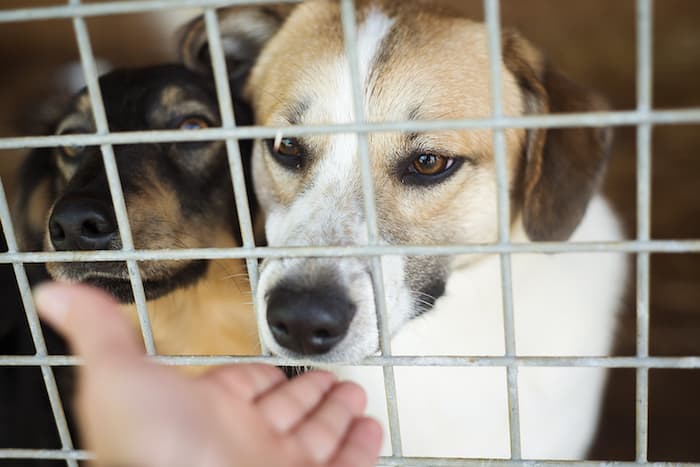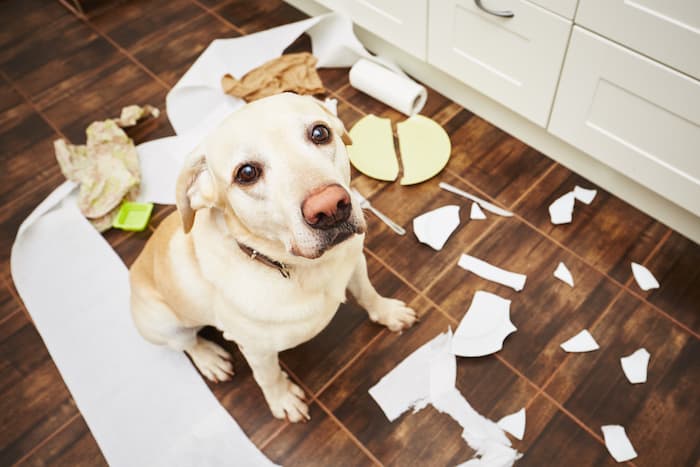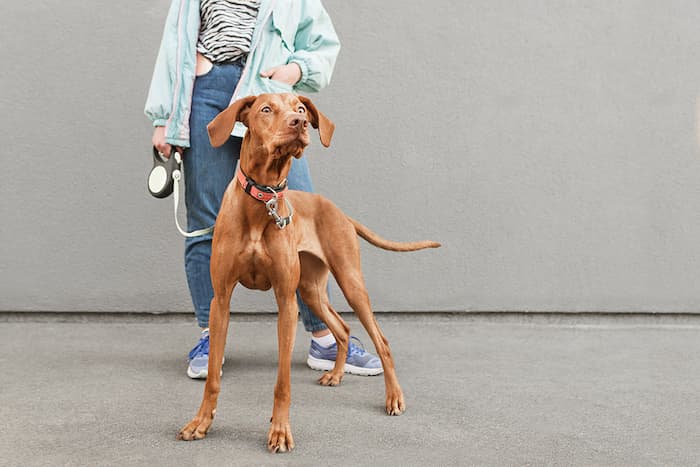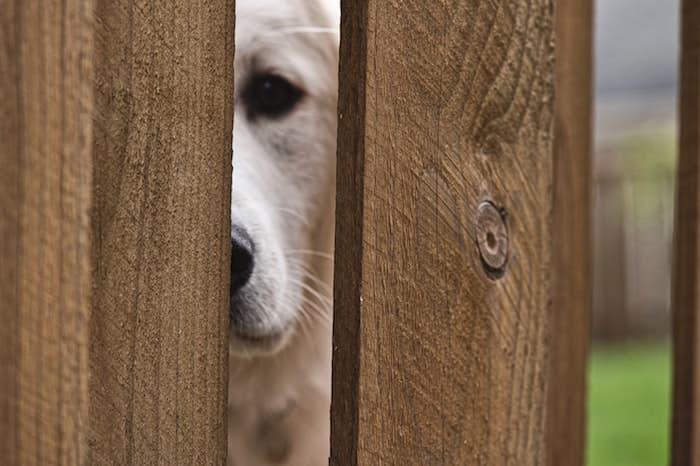If you’re looking to adopt a shelter dog, the main goal should be to provide them with a forever home. However, this can be difficult when your adopted dog has experienced its share of neglect, abandonment, and hard times. With this, they may develop issues or behavioral problems in fear, anxiety, aggression, or even poor social skills.
In a study conducted with 2017 shelter dogs, aggressive issues were found during post-adoption, causing significant problems for adopters. However, even though shelter dogs may display such behaviors, most of these can be corrected with love, patience, and time. So, continue reading and help your new friend adjust to their new environment:
Fear
Arriving home with your new friend doesn’t automatically mean that they’ll feel relaxed and at home. Since you’re still a stranger to them, they’ll feel stressed or fear – as they’re trying to figure out whether you’re a friend or foe. It would even help if you gave them time to get used to all the changes.
Tip:
Here, you could place their food and water in an area where they can see and hear you. You could even offer them treats from time to time. You could even click on https://blackhawkpetcare.com/au/dog-food if you want. By doing so, you remind them that you’re a friend and reassure them that they’re safe by giving them nutritional treats.
Additionally, you could let them understand that they’re in a secure place. You could do this by setting up their bed and giving them toys. To provide them with an additional feel of comfort and warmth, you could even give them an extra blanket. Although each dog is different, giving them a warm bed is worth trying to see if they’ll slowly get comfortable with your presence.
Separation Anxiety
Another issue for shelter dogs would be separation anxiety. This is when your dog displays aggression, restlessness, excessive barking, urinating or defecating inside the house, or any destructive behavior while you’re away. Whenever your dog is upset and behaves in unordinary ways when they’re left alone, they could display separation anxiety.
Tip:
Although these behaviors could be minor or mild cases, you should still see your veterinarian. By doing so, you’re able to pinpoint and figure out whether your dog has a severe issue or not. You could even get their insight on the triggers of such anxiety. Overall, seeking out professional advice is the best way to go.
Possessive Aggression
Possessive aggression entails your dog’s ownership over their food, water, toys, and even persons. Since they could’ve been through neglect or were forced to share their belongings in the shelter, they may attempt to guard their food and water. They could even protect you and wouldn’t want to share you with others.
Here, possessive aggression means that you’ll notice that your dog tends to growl, bite, bark or lunge every time you or another person touches their food or toys. For this, you will need patience and time to teach them that they’re not losing anything and discourage possessive aggression.
Tip:
If you’re a firm believer in prevention being better than cure, stopping possessive aggression before it occurs is also ideal. You could prevent such behavior as you naturally bond with your dog and develop trust with them. It would also help if you established boundaries between you and your dog and never reacted to their inappropriate behavior with physical punishment.
However, if the behavior is severe, you should contact a certified dog trainer or veterinary behaviorist. With their help, you can determine the severity of your case, and they could even help you every step of the way.
Leash-Related Aggression
If your cute dog becomes an angry Hulk when leashed, it could entail their fear when being restrained. Such behavior could stem from a potential threat such as another dog, a car, or another person.
Tip:
To change these behaviors, you could first start indoors, teach them desirable behavior, and reward them. You could train your dog to look at you once you call out their name and reward them as they approach you. Once they understand this, they’re ready to face the outside world. When they face a new dog, you should call out their name and focus on you.
Overall, understanding leash-related aggression entails that your dog is reacting out of fear – as they could feel trapped since they can’t get away from potential danger. Likewise, your leash could also be another reason why your dog is leash aggressive. If you notice that your dog is constantly scratching their leash, you could even see a professional for a medical checkup.
Poor Social Skills
Your newly-adopted dog could’ve had little to no exposure to other people or other dogs – which means that they would also lack any positive social experiences. With this, they could show signs of fear or aggression as they meet new people or dogs.
Tip:
Establishing trust is the most important for your dog to feel safe and comfortable. With this, you need to reduce the intensity when meeting people or dogs. You could tell other people that your dog isn’t too pleased with being touched, or they could start by handing out a treat. It would even help if you also looked out for your dog’s body language to make sure they’re comfortable or not.
Takeaway
By following these instructions, you’re able to correct your dog’s behavior. You also remind them that they’re loved and secure in their new home. Likewise, although you can change most of these behaviors with patience, and time, getting the help of a professional is also one way to get your dog the best care there is.
Related Reading




